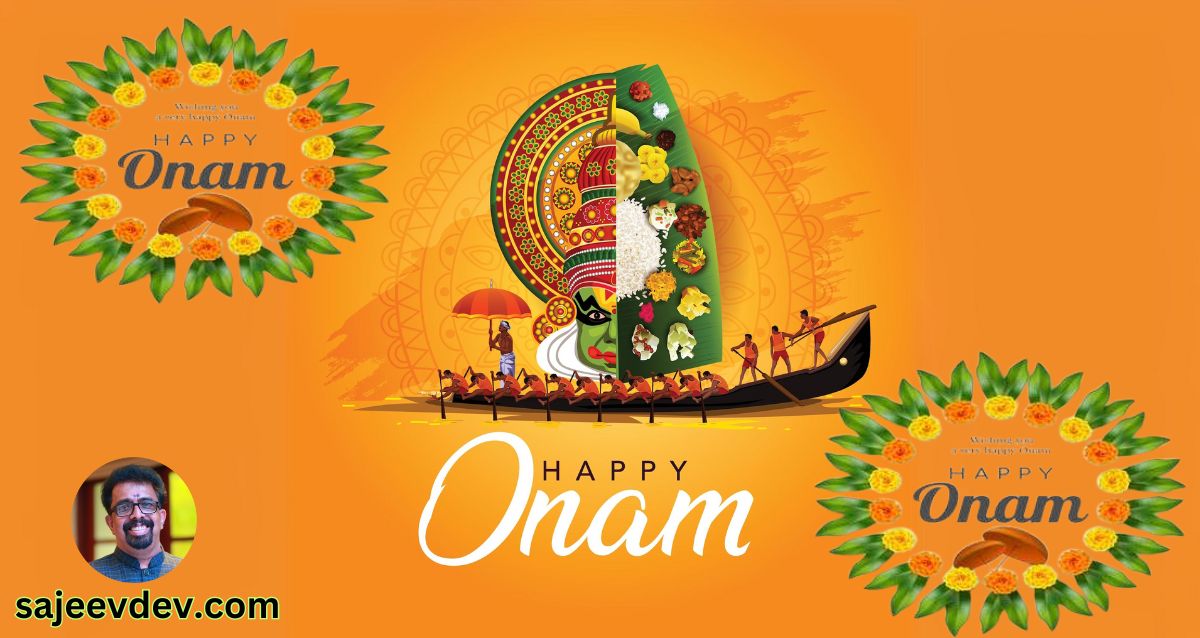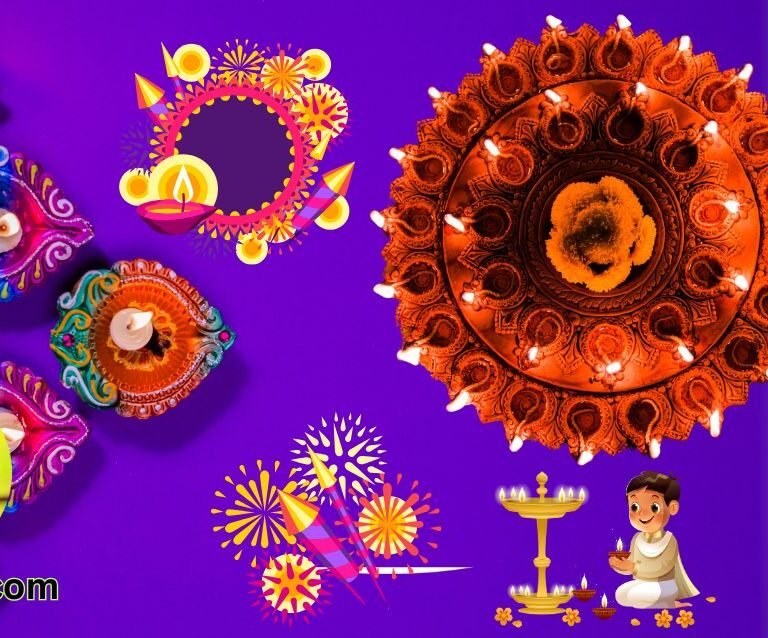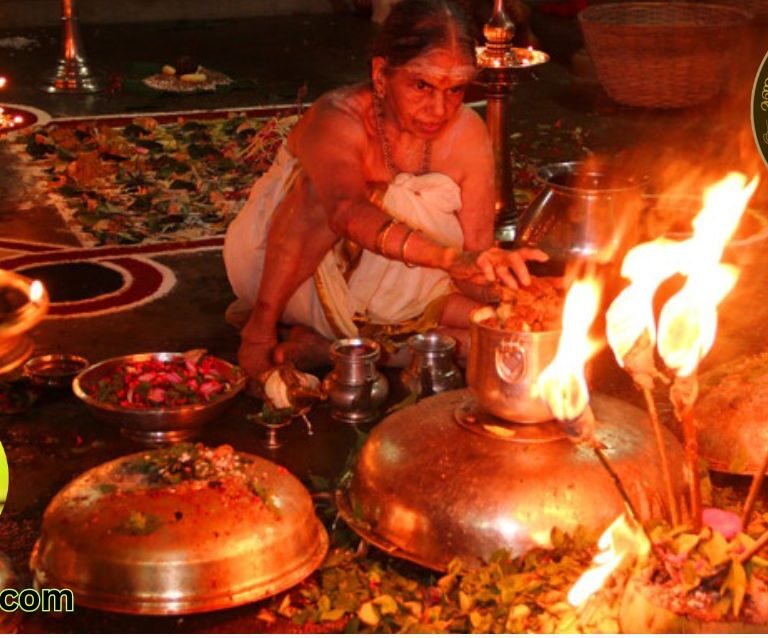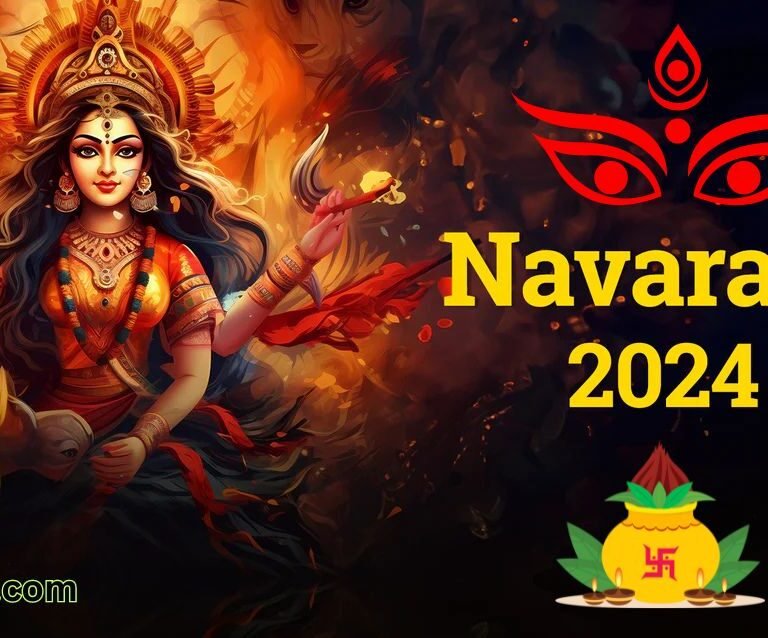Onam
Onam is a vibrant and significant festival celebrated primarily in Kerala, India, symbolizing a rich tapestry of traditions, myths, and cultural unity among the Malayali people. This festival, which usually takes place in the month of Chingam, marks the end of the harvest season and is deeply rooted in agrarian traditions. For the people of Kerala, Onam signifies not only a time of abundance but also an opportunity to come together irrespective of their religious or social backgrounds.
The essence of Onam revolves around the mythical homecoming of King Mahabali, a benevolent ruler known for his dedication to his subjects. According to local legend, Mahabali descends to his kingdom every year during Onam, bringing joy and prosperity to the land. This celebration encapsulates the communal spirit as Malayalis engage in various festivities, emphasizing unity and brotherhood. Onam represents the victory of love and happiness over division, making it a festival that resonates across the diverse population of Kerala.
Onam is celebrated over a period of ten days, during which various cultural activities and rituals take place. The festival begins with Atham, culminating in the grand celebration of Thiruvonam. These days are filled with traditional practices, including the creation of intricate flower arrangements known as Pookalam, elaborate feasts featuring Onam Sadhya, and vibrant dances such as Thiruvathira kali. Throughout this period, communities come together to share food, participate in games, and immerse themselves in the art and music that are integral to the festival.
In conclusion, Onam is not only a harvest festival but also a time-honored celebration that encapsulates the cultural richness and communal harmony of Kerala, inviting all to partake in its numerous joys and traditions.
The Legend Behind Onam
The harvest festival of Onam, celebrated with exuberance throughout Kerala, finds its mythological roots in the story of King Mahabali and Vamana, the dwarf avatar of Lord Vishnu. Mahabali, a legendary ruler known for his fairness, prosperity, and deep affection for his subjects, represents the ideal leader who prioritizes the welfare of his people above all else. During his reign, the kingdom flourished, and the people experienced a golden age of abundance and happiness, leading to his immense popularity.
However, the very traits that made Mahabali a beloved king also attracted the envy of the heavens. The gods grew increasingly concerned about Mahabali’s expanding influence and the potential imbalance in divine authority. In response to these worries, Lord Vishnu resolved to intervene and devised a clever plan to reclaim control. He descended to Earth in the form of Vamana, a seemingly humble and diminutive Brahmin.
The crucial moment of the myth occurs when Vamana approaches Mahabali during a grand sacrificial ceremony. In a show of humility, he requests a mere three paces of land, a seemingly insignificant prayer from such a revered king. With his characteristic generosity, Mahabali agrees without hesitation, embodying his altruistic nature. However, the revelation of Vamana’s true identity transforms the narrative dramatically. As Vamana expands to cosmic proportions, he takes three massive strides, covering the heavens and the Earth, ultimately claiming all of Mahabali’s kingdom.
This pivotal event not only signifies the restoration of balance in the universe but also showcases the bittersweet fate of Mahabali. Despite Vamana’s action to send him to the netherworld, Mahabali is granted the boon to visit his beloved kingdom once a year during Onam, symbolizing the enduring love and unity between the king and his subjects. Thus, the legend of Onam encapsulates themes of loss, loyalty, and the divine play between power and humility.
Celebrating Onam: Rituals and Customs
Onam, revered as Kerala’s most significant harvest festival, is characterized by a tapestry of vibrant rituals and customs that encapsulate the essence of community spirit and cultural heritage. Central to the celebrations is the preparation of Onam Sadhya, a grand vegetarian feast served on a banana leaf. This elaborate meal comprises numerous dishes, such as rice, curries, pickles, and traditional desserts, collectively showcasing the rich culinary diversity of Kerala. Families gather to prepare and share this delightful spread, fostering a sense of togetherness and joy.
Another significant aspect of the Onam celebrations is the decoration of homes with intricate flower rangolis known as pookalam. These vibrant designs, created with a plethora of fresh flowers, adorn doorways and courtyards, symbolizing prosperity and the welcoming of King Mahabali. Each day of the festival sees an enhancement of the pookalam, as families come together, reflected in the colors, patterns, and the communal effort that goes into their design. This practice not only beautifies the surroundings but also strengthens familial bonds and community camaraderie.
The festivities are further enlivened by traditional dances, such as Thiruvathira Kali. Groups of women clad in traditional attire perform graceful movements, celebrating the harvest through song and dance, which exemplifies cultural expression and unity. Additionally, the renowned boat races, particularly the Vallam Kali, draw large crowds and evoke a spirit of healthy competition. Teams row in synchrony, racing on the beautiful backwaters of Kerala, which stands testament to the deep connection between the people and their land.
Through these rituals and customs, Onam becomes more than just a harvest festival; it transforms into a celebration of the rich cultural tapestry and unity among the people of Kerala, reminding them of their shared heritage and values.
The Significance of Onam in Kerala’s Culture
Onam, the vibrant harvest festival celebrated in Kerala, holds profound cultural significance that transcends mere festivities, making it a pivotal aspect of the state’s identity. This festival, which usually takes place in August or September, not only marks the annual harvest season but also brings together individuals from various religions and backgrounds, fostering a sense of unity and harmony among the diverse social fabric of Kerala.
The essence of Onam is intricately woven into the traditions and beliefs of the local populace. It symbolizes the homecoming of the mythical King Mahabali, who is revered for his just and equitable rule. The narrative surrounding Mahabali serves as a reminder of the values of equality, compassion, and social harmony. As families engage in the preparation for Onam, from setting up elaborate floral arrangements known as ‘pookalam’ to preparing sumptuous feasts comprising the traditional ‘Onam Sadya,’ they actively participate in a collective celebration that reinforces bonds within the community.
Furthermore, Onam celebrates Kerala’s agrarian roots, emphasizing the importance of harvest in sustaining life. This festival serves as an occasion to reflect on the labor-intensive efforts of farmers and to appreciate the bountiful yields of the land. Through various cultural performances such as ‘Kathakali’ and ‘Pulikkali,’ and the popular boat races, the festival showcases the rich artistic heritage of Kerala, highlighting the state’s unique cultural identity.
In addition, Onam acts as an important platform for promoting social inclusivity. Regardless of caste, creed, or religion, people come together to partake in the festivities, exchange greetings, and share meals. This creates an environment of camaraderie, reinforcing Kerala’s ethos of accepting diversity and promoting social harmony. Ultimately, Onam stands as a testament to the state’s collective spirit, showcasing how culture can foster mutual respect and understanding among its inhabitants.
Onam Traditions Across the Years
Onam, Kerala’s most vibrant and significant harvest festival, has a rich tapestry of traditions that have evolved over the years. Historically, Onam celebrations are rooted in the legendary homecoming of King Mahabali, whose reign is celebrated for its prosperity and egalitarian values. This festival traditionally spanned ten days, each day marked by specific rituals, games, and cultural performances, showcasing the agricultural essence of the region. The heart of Onam was, and still is, the grand feast called Onam sadhya, which has its origins in the communal spirit that characterized the period of King Mahabali’s rule.
As time progressed, Onam began to incorporate modern influences, shaping the celebrations into a blend of tradition and contemporary festivities. While the traditional rituals like the laying of flower carpets (pookalam) and the boat races have remained integral to the festival, modern festivities have introduced diverse forms of entertainment including music concerts, dance performances, and even fashion shows. These changes signify not only the adaptability of culture but also the vibrant dynamism of the festivals that resonate with newer generations. However, the essence of Onam—its message of peace, unity, and the harvest—remains steadfast amidst these changes.
The global recognition of Onam is another aspect of its evolution. Today, the Malayali diaspora celebrates Onam worldwide, adapting its customs to various cultural contexts while still honoring the heritage of Kerala. Festivities in countries such as the United States, Canada, and the Middle East often include traditional Onam sadhya meals and vibrant cultural events, connecting communities through their shared heritage. This global dimension illustrates how Onam transcends geographical boundaries, fostering a sense of unity and nostalgia among expatriates, thereby emphasizing the resilience and richness of Kerala’s cultural identity.
The Role of Community in Onam Celebrations
Onam, a vibrant harvest festival celebrated in the state of Kerala, is deeply rooted in community spirit. This festival, which usually takes place in August or September, showcases the collective joy and unity of the people. The heart of Onam lies in its community-driven celebrations, where neighbors come together to participate in various cultural events and activities. These gatherings strengthen bonds among residents, fostering a sense of belonging that is essential during this festive period.
Neighborhood celebrations during Onam are characterized by numerous activities that involve the entire community. People decorate their homes with colorful flower arrangements known as ‘pookalam’, creating a visual feast that symbolizes prosperity and life. This traditional art form is often a collaborative effort, where families and friends join hands to create intricate designs. Such initiatives not only enhance the festive atmosphere but also forge deeper relationships among community members.
In addition to decorations, cultural performances play a significant role in Onam festivities. Events such as traditional dance forms like ‘Kathakali’ and ‘Mohiniyattam’ or folk songs and games foster creativity and collaboration among participants. Local theaters often organize performances that showcase Kerala’s rich cultural heritage, allowing communities to express their identity while reinforcing social ties. The enthusiastic participation of both children and adults ensures that cultural traditions are passed down through generations.
Shared meals, or ‘Onam Sadhya,’ further embody the spirit of unity during Onam. This elaborate feast, consisting of an array of vegetarian dishes served on banana leaves, is prepared with the collective effort of families and neighbors. The act of dining together creates a welcoming atmosphere wherein people from different backgrounds come together to enjoy a meal, thus enhancing the sense of community and togetherness that is the hallmark of the Onam festival.
Global Celebration of Onam
The vibrant festival of Onam, which originates in Kerala, has transcended its geographical boundaries, finding a cherished place in the hearts of the Malayali diaspora around the globe. Celebrated with fervor and enthusiasm, Onam is not only a local tradition but also a global phenomenon that fosters communal harmony and cultural pride among Malayalis residing outside of India. In various countries, particularly in the Middle East, the United States, Canada, and Australia, communities come together to honor this harvest festival, showcasing an array of cultural programs and gatherings that reflect their rich heritage.
In these international celebrations, one can witness a plethora of activities that closely resemble those in Kerala. From elaborate Onam feasts, known as ‘Onam Sadhya,’ which feature an exquisite spread of vegetarian dishes served on banana leaves, to traditional music and dance performances like Kathakali and Mohiniyattam, these gatherings serve as a reminder of home for many Malayalis. Such events are often characterized by a sense of camaraderie, as families, friends, and neighbors unite to revel in the spirit of Onam, forging connections that transcend cultural divides.
Additionally, these celebrations play a pivotal role in preserving and promoting the cultural heritage of the Malayali community. Organizations and cultural associations often take the initiative to organize events that educate participants about the significance of Onam, imparting traditional values and practices to younger generations. Engaging activities such as floral decoration, called ‘Pookalam,’ and various contests related to traditional games create a sense of involvement and excitement among participants. Ultimately, the global celebration of Onam is not merely about preserving an age-old tradition; it is a celebration of unity, identity, and cross-cultural exchanges that enrich communities wherever they reside.
Onam Greetings and Messages
During the vibrant festival of Onam, the exchange of greetings and messages plays a pivotal role in fostering goodwill and reinforcing the spirit of unity among communities. This harvest festival, deeply rooted in Kerala’s mythological traditions, sees families and friends coming together to celebrate the bountiful harvest and the return of the beloved King Mahabali. As part of the celebration, it is customary to share warm wishes that encapsulate the essence of love, respect, and camaraderie.
Traditional Onam greetings often include phrases such as “Onam Ashamsakal,” which translates to “Wishing you a Happy Onam.” This simple yet profound expression of goodwill signifies the heartfelt sentiment of wishing happiness and prosperity to one another. Additionally, people may send messages reminding loved ones to embrace the joy of togetherness, highlighting the importance of family reunions and community gatherings during this festive time.
In contemporary communications, many individuals opt to convey their wishes through colorful e-cards or social media posts, sharing illustrations of Pookalam (flower carpets), traditional feasts, and dance performances. Such visual representations of the festival serve to further enhance the emotional connection between individuals, transcending geographical distances and cultural differences.
Moreover, sending warm wishes not only beautifies personal relationships but also fortifies the broader community spirit that Onam embodies. Whether it is through a simple greeting or an elaborate message, the intent remains to cultivate a nurturing environment where love and camaraderie prevail. In this manner, the tradition of exchanging greetings during Onam becomes a profound expression of commitment to friendships, family bonds, and unity, echoing the festive ethos of Kerala in every heartfelt wish shared.
Onam, the vibrant harvest festival celebrated in Kerala, represents much more than a mere seasonal transition; it is a rich tapestry woven with threads of myth, culture, and unity
Onam, the vibrant harvest festival celebrated in Kerala, represents much more than a mere seasonal transition; it is a rich tapestry woven with threads of myth, culture, and unity. This annual celebration honors the return of King Mahabali, a mythical figure celebrated for his just and benevolent rule, and serves as a symbol of the enduring values that resonate deeply within the community. During this festive period, people from diverse backgrounds come together, reinforcing the idea that regardless of differences in traditions or beliefs, the spirit of Onam fosters inclusivity and harmony.
The significance of Onam goes beyond its festivities and rituals. It is a period marked by the spirit of togetherness, where families reunite and communities collaborate to organize grand feasts, cultural performances, and traditional games. The heartwarming spirit embodied in the celebration implores individuals to look past cultural barriers and recognize the beauty in diversity. Each community brings forth its unique customs and practices, enriching the overall Onam experience and creating a sense of unity that is both tangible and profound.
As we reflect on the multifaceted nature of this harvest festival, it becomes clear that Onam serves not only as a celebration of abundance and prosperity but also as a reminder to embrace compassion, generosity, and kindness in our everyday lives. The values of tolerance, mutual respect, and love are paramount, encouraging individuals to carry forth the spirit of Onam throughout the year. Let us embody the essence of this remarkable festival—whether through simple acts of kindness or by participating in local festivities—promoting a harmonious coexistence that not only honors our cultural heritage but also fosters an enriched, united community.









